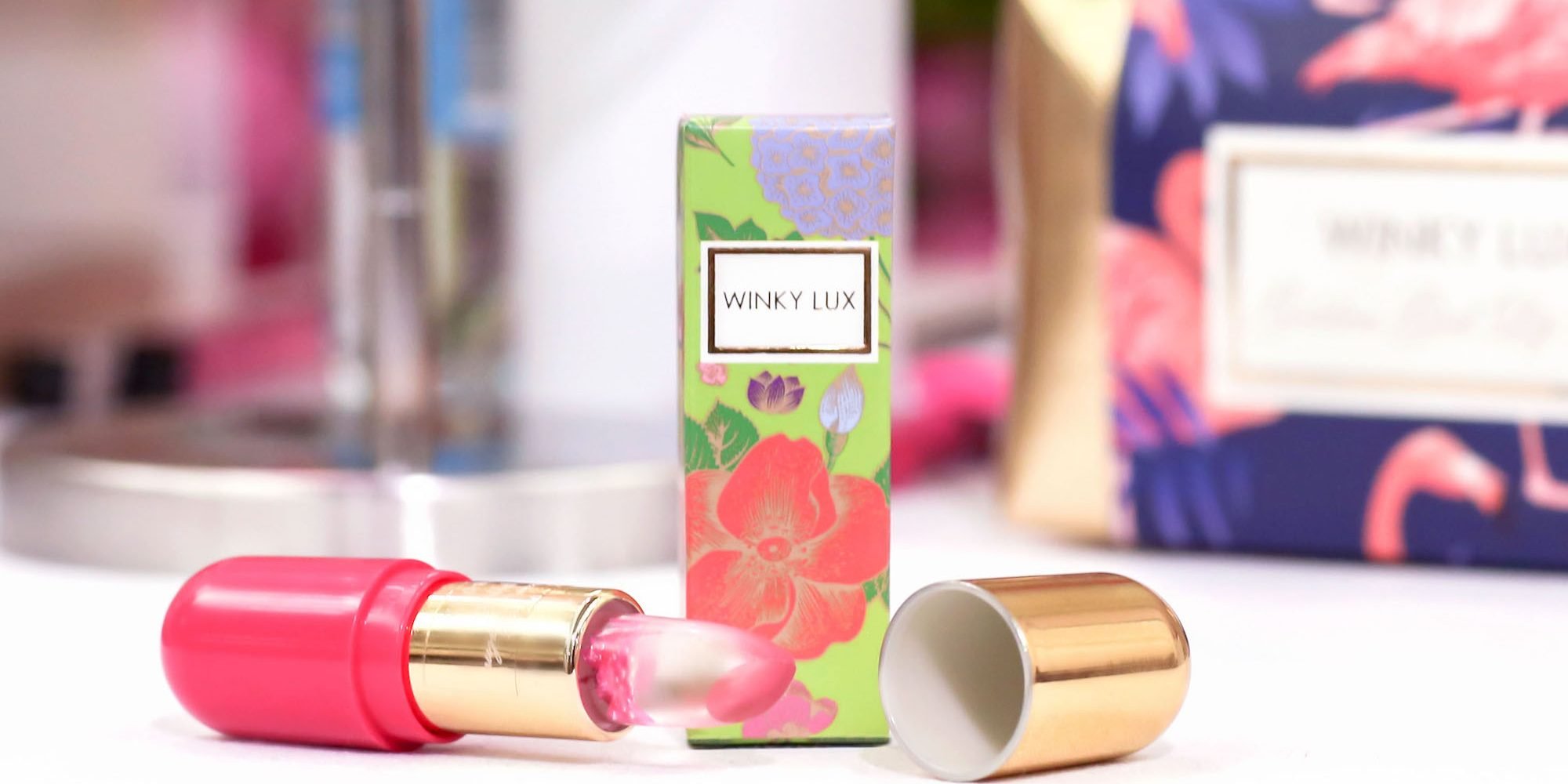
Another DTC Darling Goes The Brick-And-Mortar Route As Winky Lux Enters Target
Direct-to-consumer brands continue to turn to traditional retailers to fuel growth.
The latest digitally-native brand to adopt the hybrid growth model is accessible color cosmetics and skincare specialist Winky Lux. On March 1, the 5-year-old brand will debut at Target in-store and online with a 68-stockkeeping unit mix that includes the brand’s bestselling Flower Balm lip balm and White Tea Tinted Veil Moisturizer. The edit will also feature some of the edgier products Winky Lux has become known for, like its Disco Lip Gloss that comes in sparkly shades of yellow, purple, blue and orange.
Though Winky Lux is already carried at major retailers including Nordstrom and Ulta, the partnership with Target its most extensive yet. “In the past, a lot of our retail partnerships have been more on a five- to 10-SKU basis,” says Winky Lux founder Natalie Mackey, who launched the brand in 2015 with Nathan Newman after raising $300,000 from friends and family. “Here are five to 10 hero SKUs. They sell really well in grab-and-go, and that’s totally manageable for us as a smaller company. But we’ve known for a while that we were going to have to partner with somebody big for a bigger roll out. We knew that eventually [we were] going to have to bet on a horse.”
In 2017, Winky Lux raised a $2 million seed round, followed by a $6 million series A in 2018. The brand’s trajectory from online-only to brick-and-mortar retail showcases its forward momentum. Direct-to-consumer now makes up 25% of Winky Lux’s revenue, with the remaining 75% coming from its wholesale business. Since its launch, Winky Lux has tripled distribution year-over-year.
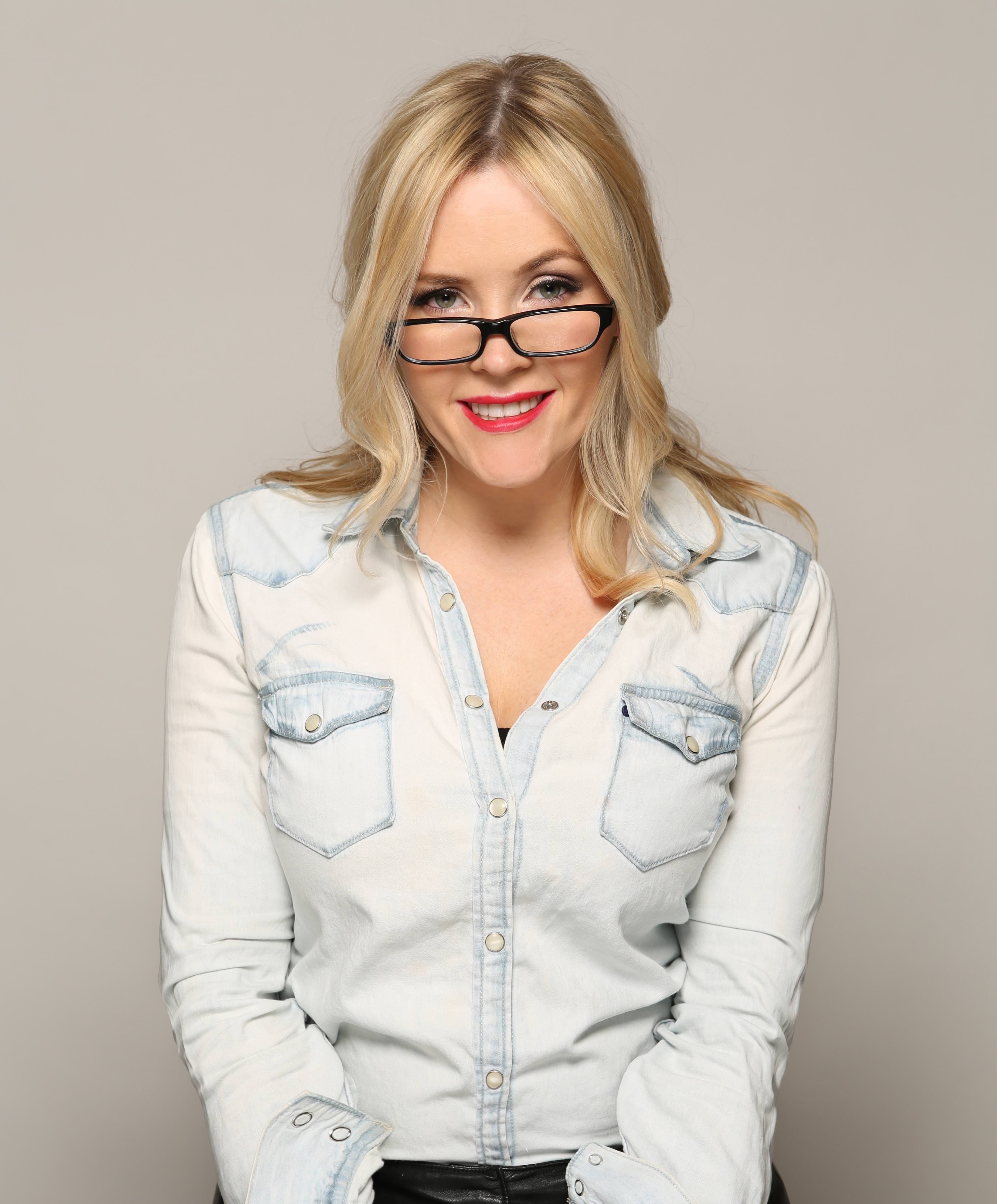
The execution of Winky Lux’s major rollout was informed by the company’s forays into branded physical retail. It currently operates a shop in New York City, where it’s hosted a wildly popular pop-up experience in the summer of 2018 along with five other pop-ups in Chicago, Dallas, Los Angeles, Savannah and Nashville. “We’ve gotten a lot of learnings from the stores and pop-ups,” says Mackey. “We’ve learned the product mix is completely different when the customer is meeting the brand and having a full-blown Winky Lux experience. She’s so much more likely to become a long-term customer and build this bigger relationship with us. We knew we needed to partner with one retailer and do a very large launch with a big display and a lot of the products and really represent [the brand] completely.”
Winky Lux landed on Target as its partner of choice after questioning customers about where they buy beauty. “We have a lot of college-age customers, and Target was always in their top two beauty purchasing places,” says Mackey. “That’s really important for us. It means that it’s a place she’s already shopping.” She also considered the retailer that was the best fit aesthetically for her brand, which is known for its playfulness and risk-taking. “We looked at our core values of design, accessibility, fun and joy, and we started to look at what we thought each of these [retail] companies stood for,” she explains. “I love Sephora, I think they’re great, but they stand for artistry and luxury and a little bit of edgy discovery. We want to be accessible, we want to be where our customer is. Target is on college campuses. So, we know that she’s already there, and we know that she’s got this fanatical love for the retailer.”
Talks with Target started a year ago before Winky Lux had the capacity to handle a launch at a retailer of its scale. Once Mackey decided Target was the right choice for her brand’s big national debut, she pitched the retailer on her idea of a Winky Lux experience inside Target doors across America. “We presented a very wild shrine to [Winky Lux that] could be [built in-store], and we weren’t sure if they’d go for it,” she laughs. “They did. We have one of the wildest displays I’ve ever seen. It’s got a neon sign on it, a lenticular that moves as you walk by it. It’s very interactive. That’s a big part of our core, creating these moments of joy. I think it’s amazing that they allowed us to do such a Winky Lux moment in such a big way.” The plan is for Winky Lux to be in all Target doors across the country except the 100 mini Targets that opened last year.
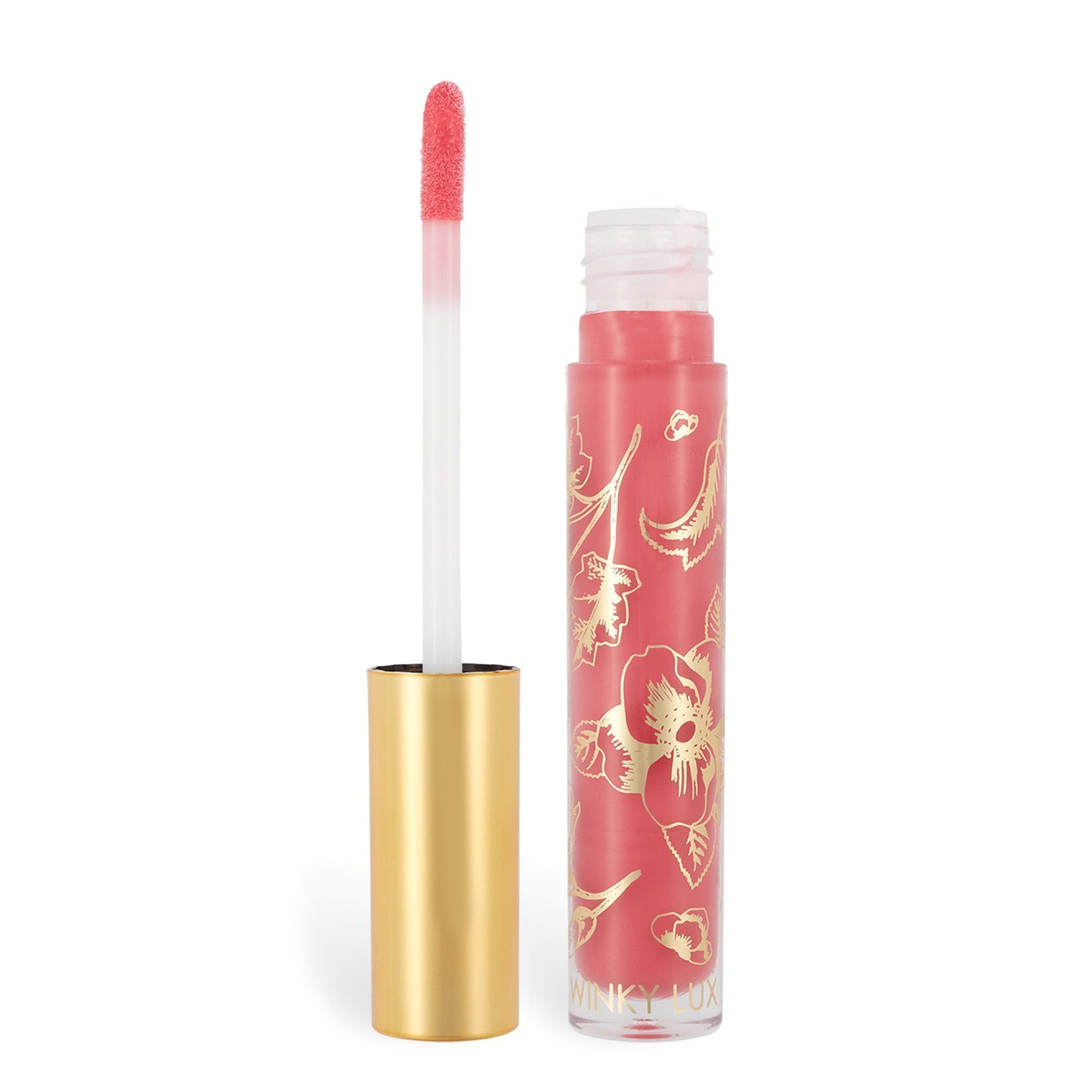
Interactive neon endcaps aren’t the only outside-the-box aspect of Winky Lux’s Target rollout. The brand will go back to its digital roots with a three-part campaign on emerging social platform TikTok. “We’re doing a paid and a seeding TikTok campaign,” says Mackey, adding that Target has a playbook for what percentage of sales they think a brand launching in its stores should spend on digital advertising in support of the launch. “We have talent that is up-and-coming and doing a lot of really cool content, so we’re seeding them [and] doing a gifting campaign with them. Then, we have some talent that we think is hysterical. Comedy is such a cornerstone of TikTok.”
Winky Lux kicked off its TikTok initiative by gifting products to several creators. The next phase will begin in two weeks with the brand completing a paid promotional campaign with talent handpicked by Mackey and her team. Finally, once Mackey is able to see what content gains the most traction, Winky Lux will do a paid ad campaign on the platform. She says, “That’s where TikTok promotes all the content and makes sure it’s heavily seen. It’s such a different algorithm in the sense that it prioritizes what people laugh at the most as opposed to the person or the creator.”
Winky Lux has been creating organic content on TikTok since September and currently has over 1,400 followers. Mackey sees the current initiative as perfectly timed for maximum impact, and it offers an opportunity to gain insight on Winky Lux consumers. “We’re excited to learn some stuff about what will really works for the brand,” she says. “I think it’s a way we can stand out. I don’t know if Maybelline is going to be able to do something like this. We’ve waited to do a bigger paid campaign until [consumers] could actually access the products everywhere. With the younger customer, she isn’t necessarily going on the website and buying. She is more apt to convert later on when she sees it in a store. I think this is the right time for us to be playing in that space.”
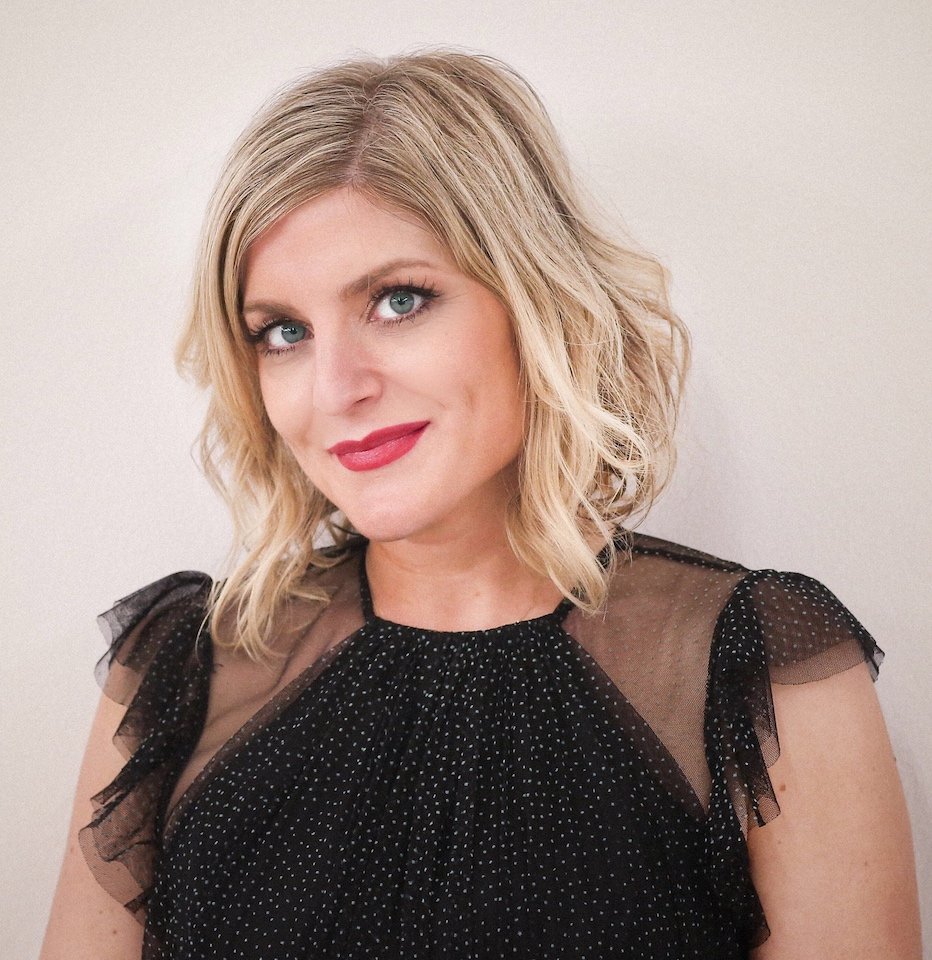
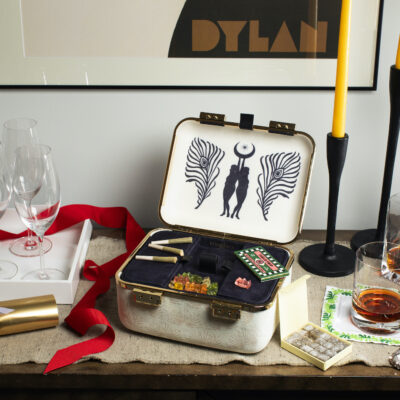
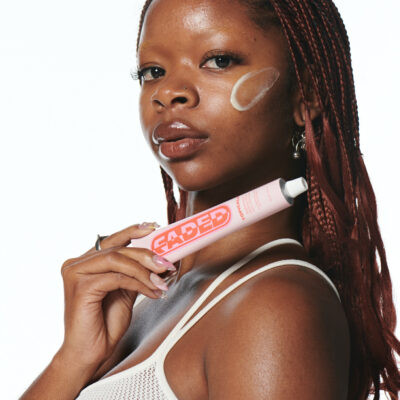
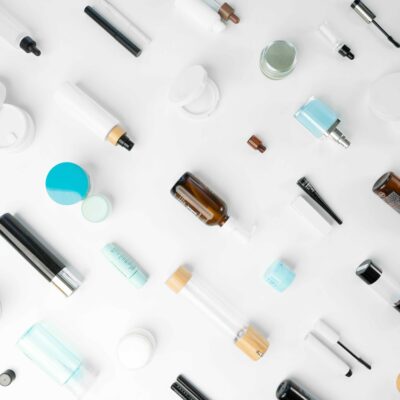
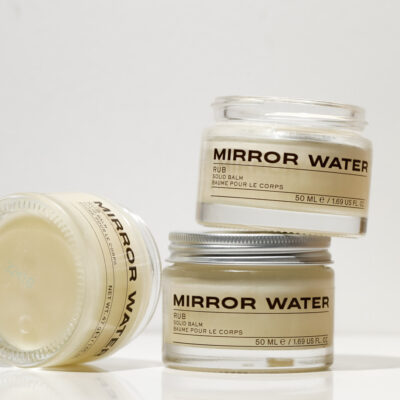
Leave a Reply
You must be logged in to post a comment.